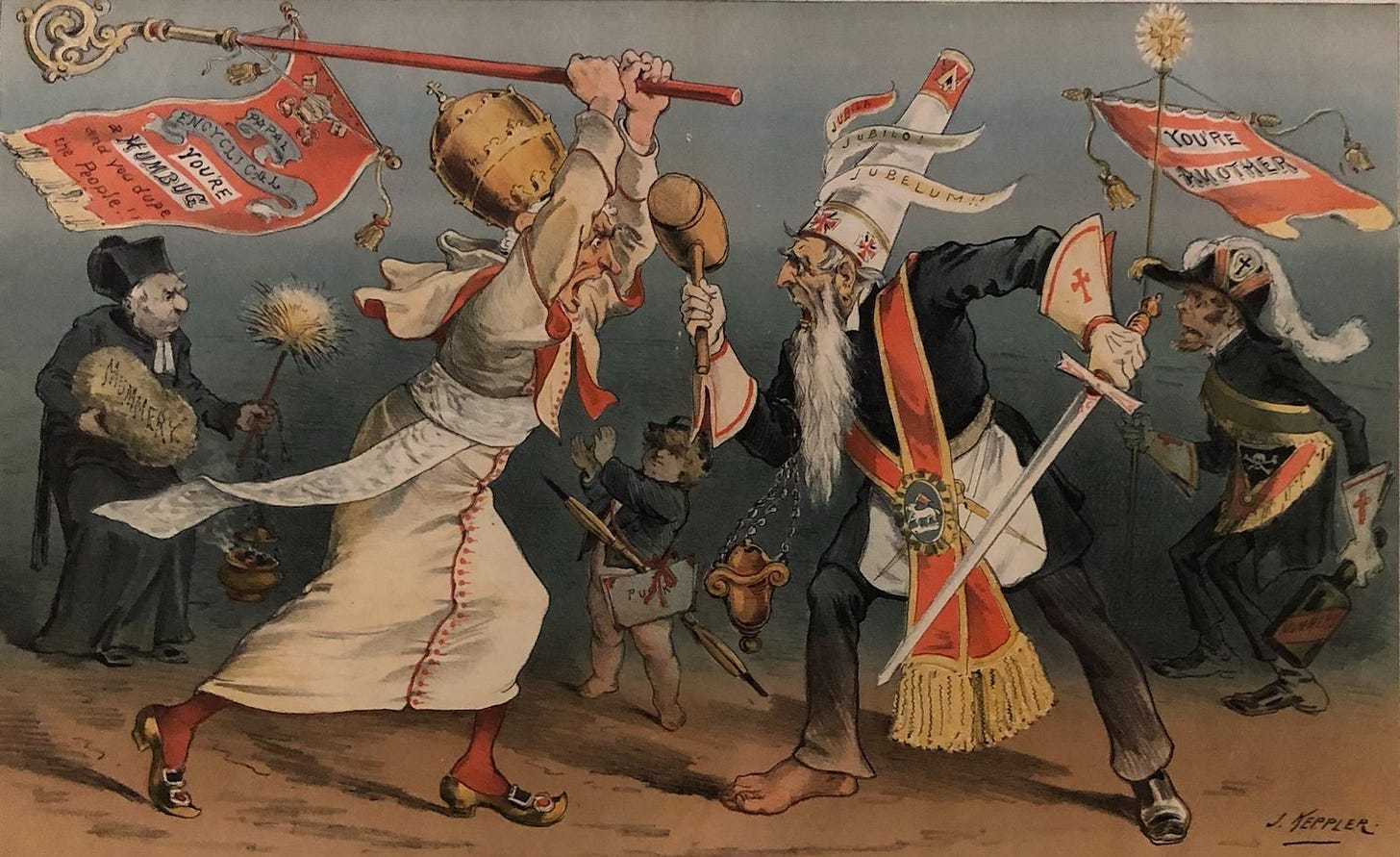What’s the problem with Freemasonry, anyway?
The bishops of the Philippines issued a clarification that Catholics still cannot join the Masons. But why not?
The Catholic bishops of the Philippines reminded Catholics last week that the Church prohibits its members from becoming members of Masonic lodges.

The bishops’ “clarification” was issued March 24 by the Episcopal Commission fo…
